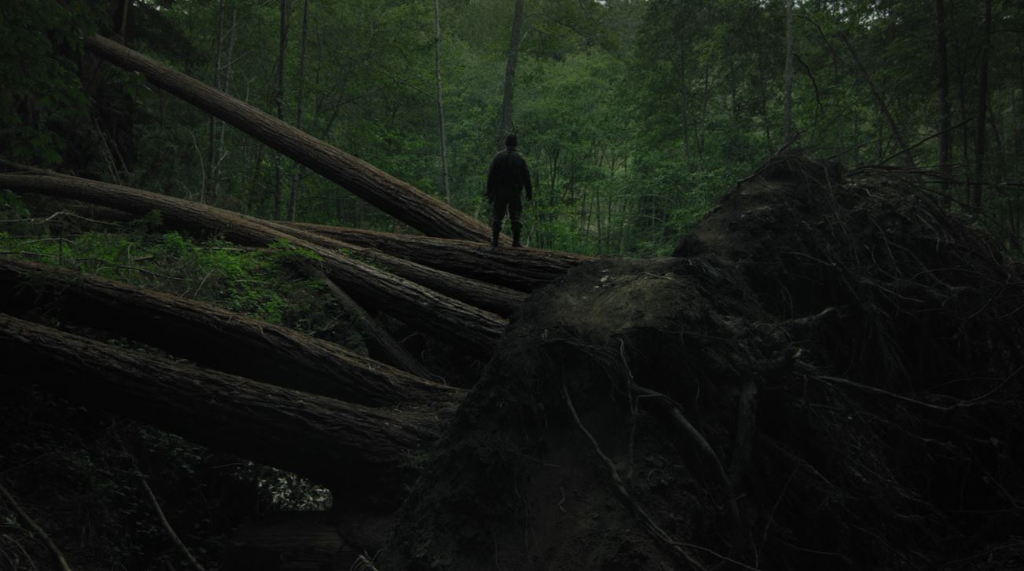Sator

If one goes down to these woods today, they aren’t in for much of a surprise. John Graham’s Sator is a slow-burn horror that loses itself early before it can really unsettle the audience.
“Sator” is a presence that has been with a secluded, eccentric family for some time. Is it a dark demon of the forest in which they live – or, as grandmother Nani (June Peterson) suggests, just benign godly voices inside her head? However, when their dog suddenly goes missing, the loved ones begin to realise that the monster might not be as incorporeal as they first assumed.
This cabin-in-the-woods, spooky mood piece employs all the usual cinematographic trickery and visual tropes from The Blair Witch to the Eggers Brothers’ latest work. Sator sparks immediate comparison with Ari Aster’s Hereditary for its occultist symbols and family psychodrama. While Graham does tip viewers off early with all the familiar genre tropes (pagan-like rituals, upside-down floating women), the director achieves more with restraint.
When the flick has creepy moments, it comes from the filmmaker holding onto the sustained stillness of the desolate wilderness surrounding the cabin. As darkness engulfs the frame, Graham’s soundscape emphasises every bump and scratch in the night: subliminally disconcerting through fragments of strange, sinister conversation and imagery. Fortunately, the director leans into these basic elements to make the feature tense, rather than merely toss out jump-scares – however much the picture threatens them. Despite an overuse of jarring leaps between aspect ratios and hand-held camera footage, his cinematography often captures the forest’s natural eeriness.
Yet, the preserved ambiguity of this situation becomes tiring. The family is not so enigmatic, but rather annoyingly undercooked. The dialogue is at times made unintelligible through Michael Daniels’ constant mumbling (underneath a noticeably bushy beard) and Gabriel Nicholson’s tight-lipped performance. Peterson’s sweet monologuing effectively alarms but borders uncannily on the interview style of a Netflix documentary. Of course, past trauma is clearly casting a shadow over these characters, but it remains opaque, thin and typical.
The movie has clearly been a labour of love for the director over the reportedly six years of production. But despite the deft cinematic skill clearly shown to generate its gritty yet haunting ambiance, Sator is more stuporous than scary.
James Humphrey
Sator is released digitally on demand on 15th February 2021.
Watch the trailer for Sator here:






















Facebook
Twitter
Instagram
YouTube
RSS